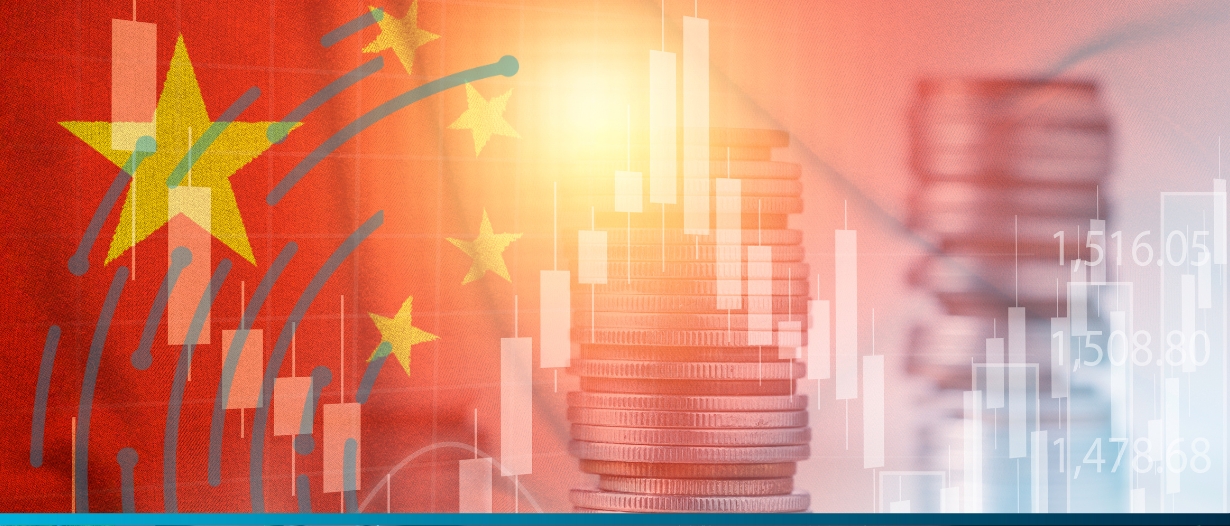Estimated reading time: 2 minutes
The World Bank has kept its 2023 economic growth projection for China steady at 5.1%, consistent with its April forecast. However, it has revised its 2024 outlook to 4.4% from 4.8%, attributing the adjustment to ongoing challenges in China’s property sector.
In its latest biannual regional update, released on Sunday, the World Bank also made minor adjustments to its 2023 GDP growth forecast for East Asia and the Pacific, including China. The new estimate stands at 5.0%, a slight decrease from the previous 5.1%.
For 2024, the institution has cut its regional growth forecast to 4.5% from 4.8%, citing external pressures such as a slow global economy, elevated interest rates, and trade protectionism.
“In 2022, nearly 3,000 new trade restrictions were introduced globally, a threefold increase compared to 2019,” noted the World Bank.
Regarding China, the initial economic resurgence following the lifting of stringent zero-COVID measures over the past three years has waned. Factors such as high levels of debt and a struggling property sector are impacting growth, according to the World Bank’s report.
After a period of largely disappointing data, signs of stability are emerging in the world’s second-largest economy. For instance, China’s factory activity showed expansion in September for the first time in half a year, as revealed by an official survey released on Saturday.
Preliminary signs of recovery were visible as early as August, with accelerating growth in factory production and retail sales.
Additionally, the contraction in exports and imports lessened, and deflationary pressures began to ease. Industrial firms even reported an unexpected 17.2% profit increase in August, overturning July’s 6.7% decline.
Experts argue that additional policy support will be essential for China to achieve its government-set growth target of approximately 5% this year.
The World Bank suggests that robust structural reforms, such as further liberalising the “hukou” residence permit system, enhancing social safety nets, and providing more regulatory certainty for investments in innovative and eco-friendly products, could stimulate consumption and investment, laying the groundwork for sustainable growth.
The sluggish state of China’s economy has led to a divide among government advisers over the optimal path forward.
Advocates for reform are pushing for accelerated structural changes, including easing the hukou system, to boost consumption and lower market entry barriers for private companies at the expense of state-owned enterprises.
























